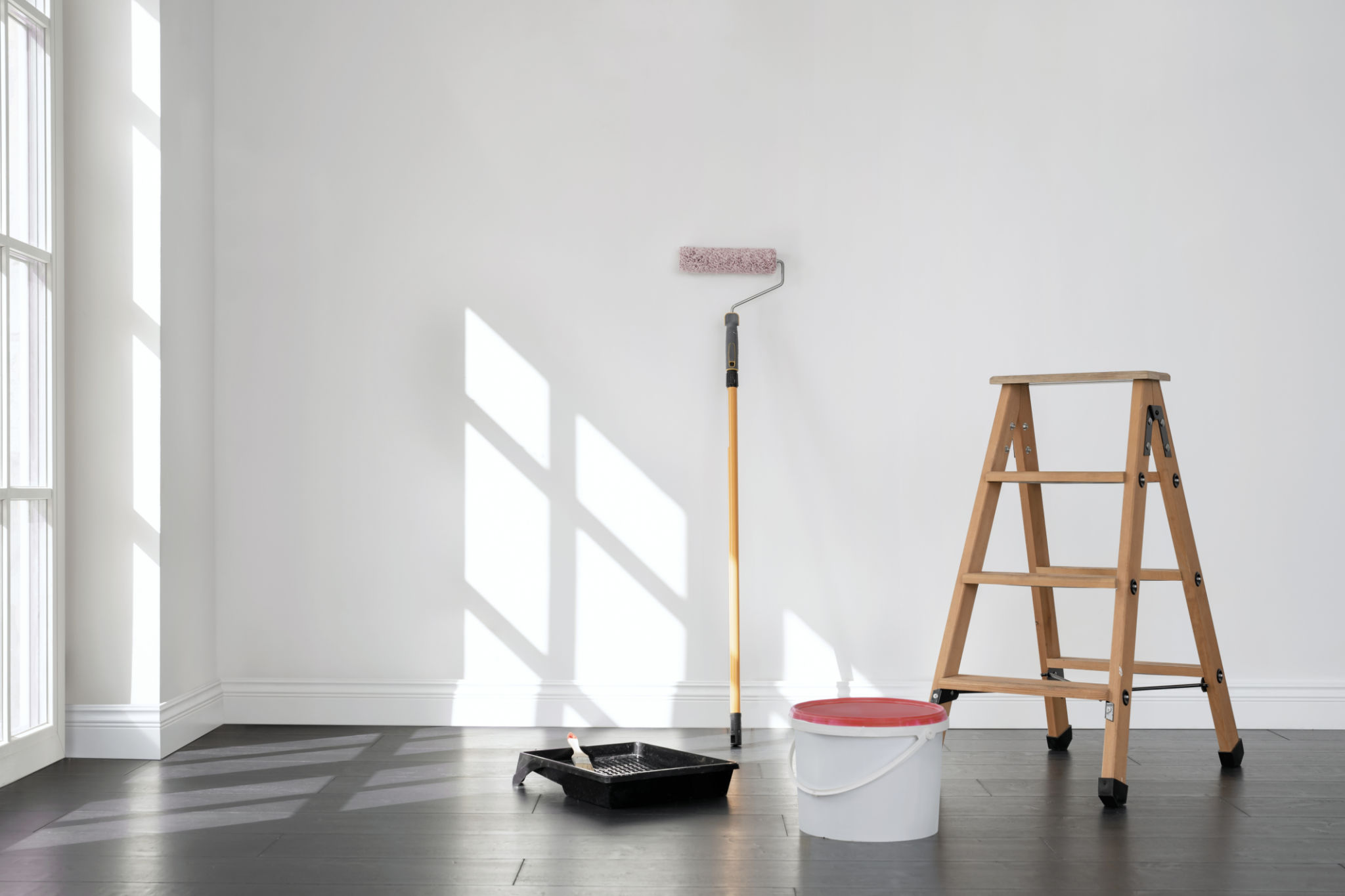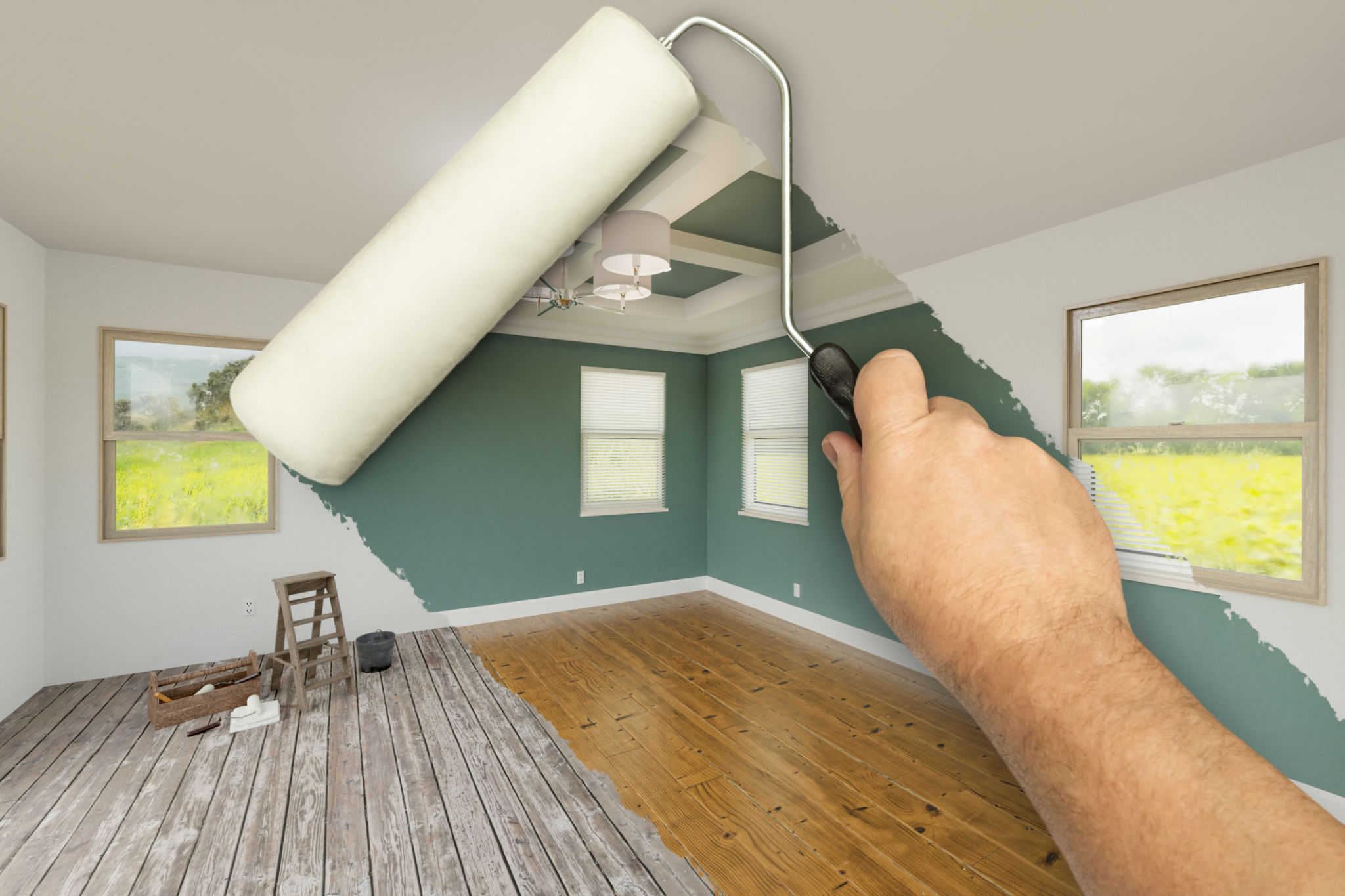Seasonal Painting Tips: Refreshing Your Home’s Exterior Before Winter
Preparing Your Home for a Fresh Coat
As the vibrant colors of fall begin to fade, homeowners often feel the urge to refresh their exteriors before the harsh winter months set in. Painting your home’s exterior during the fall can be ideal, as the cooler temperatures and lower humidity levels create the perfect conditions for paint to adhere properly.
Begin by evaluating your home’s current state. Look for signs of peeling, blistering, or cracking paint. These issues need to be addressed before applying a new coat. Additionally, inspect your home for any signs of mildew or mold, which can flourish in damp environments and compromise the paint’s longevity.

Choosing the Right Paint
Not all paints are created equal, especially when it comes to exterior painting. Opt for high-quality, weather-resistant paint that can withstand the elements. Acrylic latex paints are often recommended for their durability and ease of application. They also offer excellent coverage and are environmentally friendly.
Consider the color palette that complements both your home and the surrounding environment. While classic whites and neutrals remain popular, bold colors can provide a striking contrast to winter’s bleakness. Remember that darker shades absorb more heat, which can be beneficial for energy efficiency in colder climates.
Essential Tools and Materials
Before you start painting, gather all necessary tools and materials to ensure a smooth process. Here’s a checklist:
- High-quality brushes and rollers
- Painter’s tape
- Drop cloths
- A sturdy ladder
- Sandpaper or a power sander
- Primer (if needed)

The Preparation Process
Proper preparation is crucial for achieving a long-lasting finish. Start by thoroughly cleaning your home’s exterior using a pressure washer or a garden hose with a scrub brush. This removes dirt, dust, and loose paint. Allow the surface to dry completely before proceeding.
If your inspection revealed any damaged areas, use sandpaper or a power sander to smooth them out. Fill any cracks or holes with exterior-grade filler, and apply primer to any bare wood or metal surfaces to enhance paint adhesion.
Timing Your Painting Project
Timing is crucial when painting your home’s exterior. Aim to complete your project during a period of mild, dry weather. Avoid painting on rainy or windy days, as moisture can compromise the quality of the finish and wind can blow debris onto your freshly painted surfaces.
Start painting in the morning so you have ample daylight to complete each section. This also allows for optimal drying conditions before temperatures drop in the evening.

Applying the Paint
When applying paint, work from top to bottom to prevent drips from ruining freshly painted areas. Use long, smooth strokes for even coverage. If you’re using multiple colors, apply painter’s tape to protect edges and create clean lines.
Consider applying two coats of paint for added durability and depth of color. Be sure to allow the first coat to dry completely before applying the second.
Post-Painting Care
Once you’ve finished painting, remove any painter’s tape while the paint is still slightly tacky to avoid peeling off fresh paint. Clean your brushes and rollers immediately after use to prolong their lifespan.
Stand back and admire your hard work! A freshly painted home not only boosts curb appeal but also offers an extra layer of protection against winter’s harsh conditions.

Conclusion
Refreshing your home’s exterior paint before winter is a practical way to maintain its aesthetic and structural integrity. By choosing the right materials, preparing thoroughly, and timing your project effectively, you ensure that your home remains beautiful and protected throughout the colder months.
